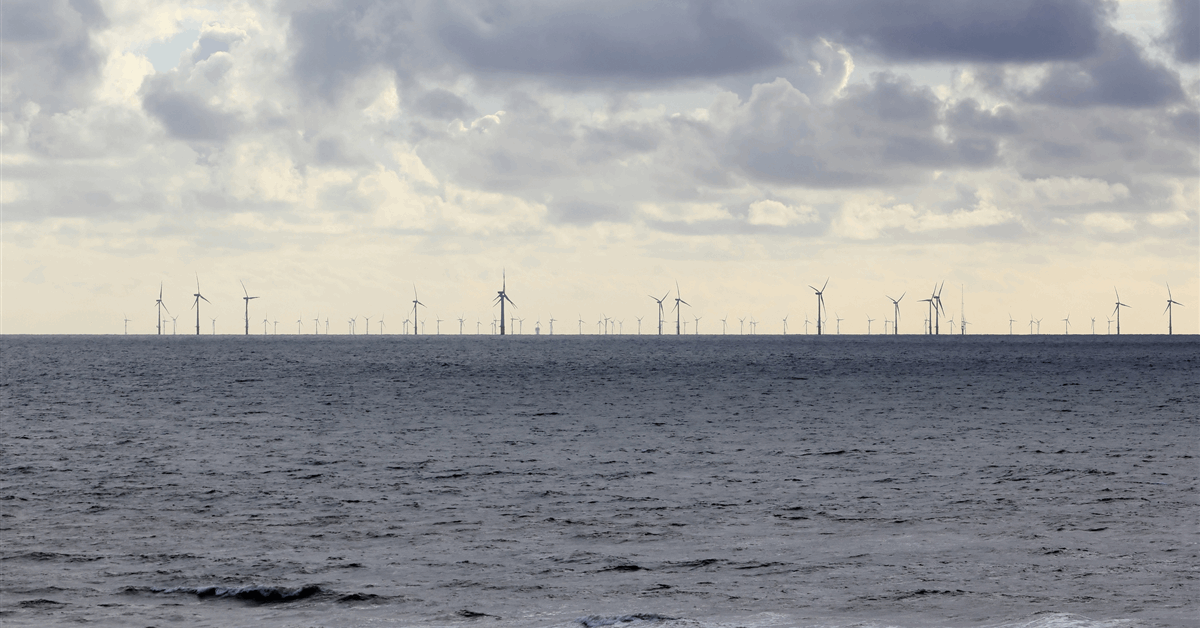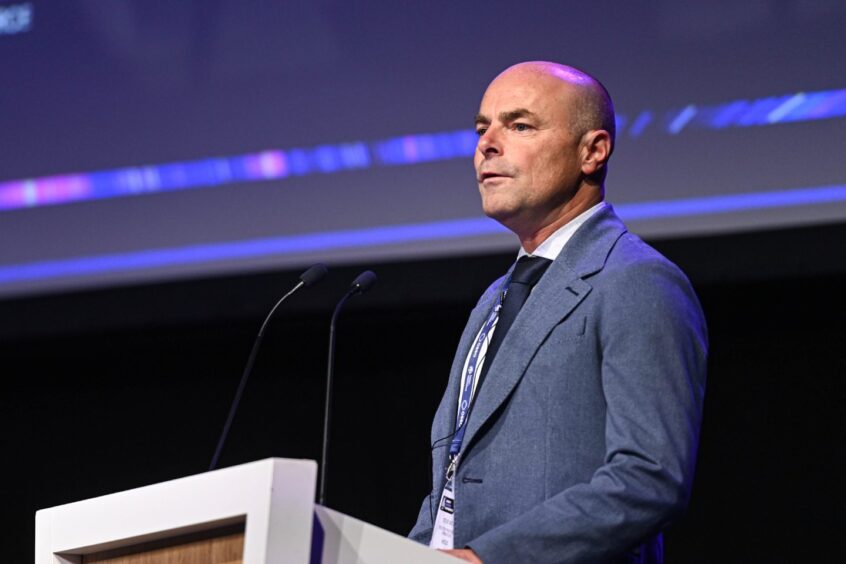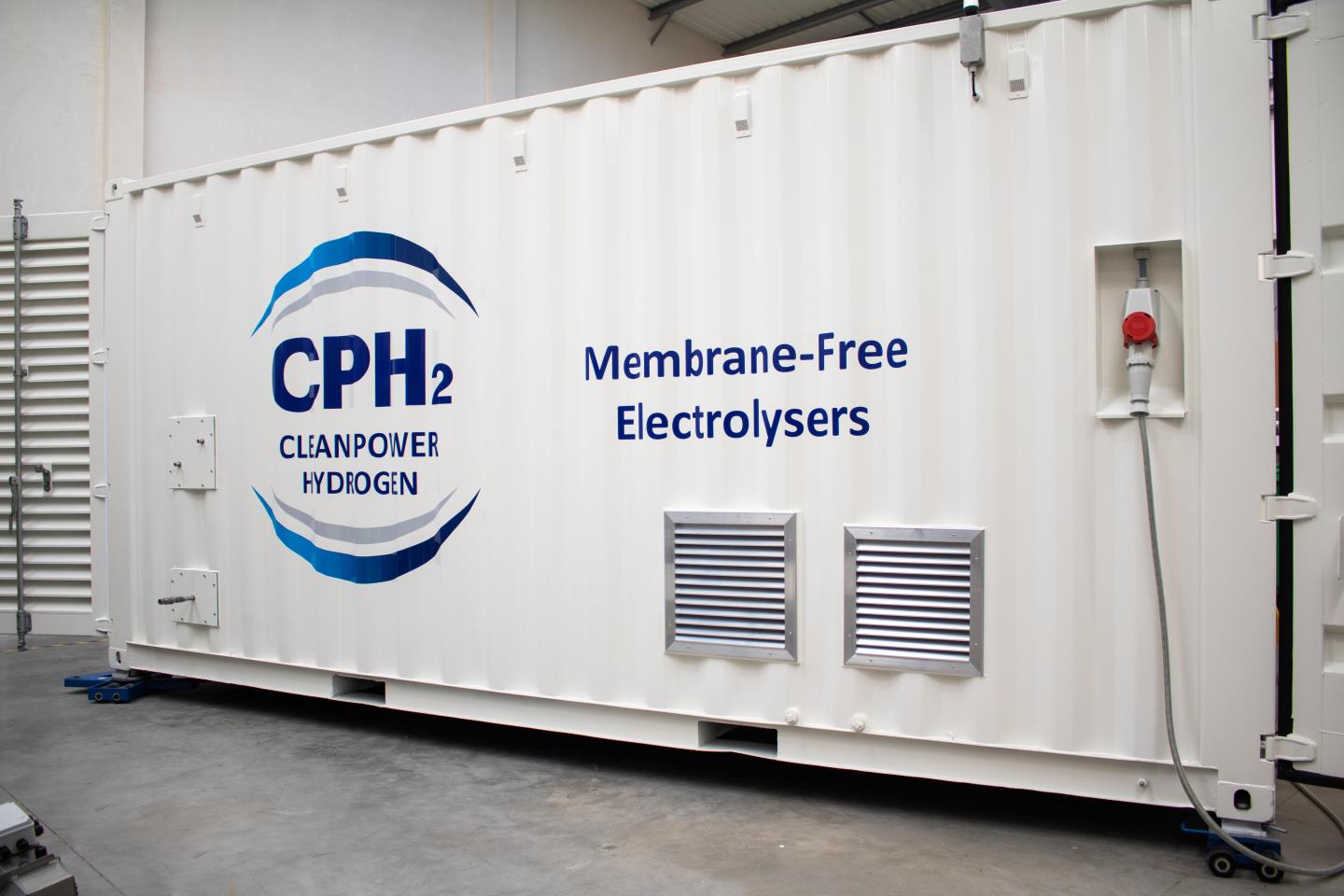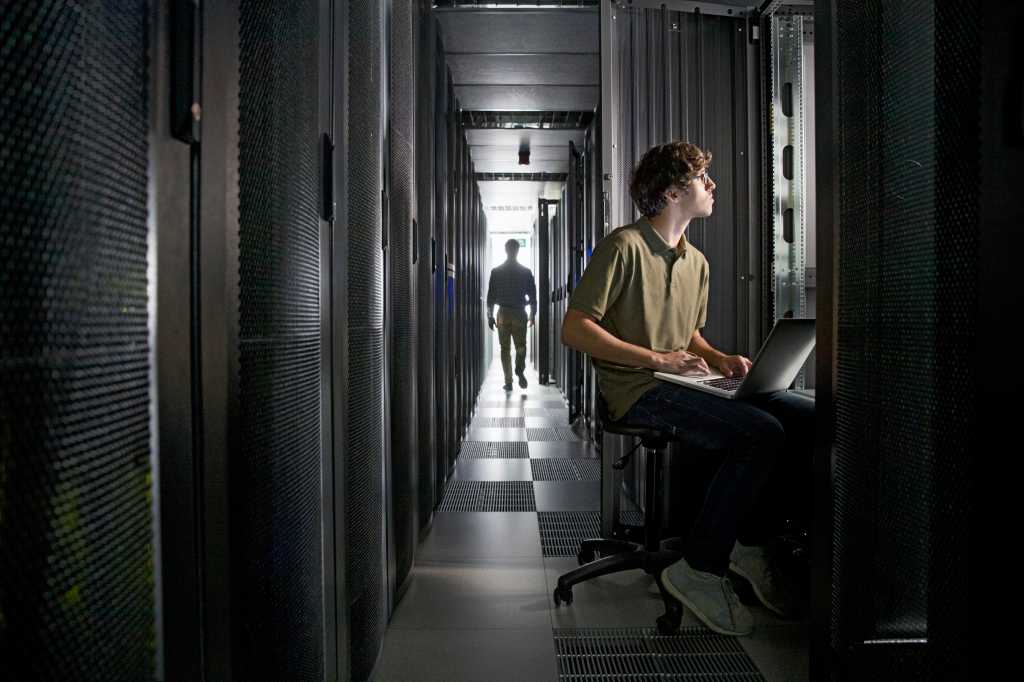
WASHINGTON — U.S. Secretary of Energy Chris Wright testified today before the House Committee on Appropriations, Subcommittee on Energy and Water Development, outlining the Department of Energy’s Fiscal Year 2026 budget request.
The FY2026 Budget reflects President Trump’s directive to unleash American energy, eliminate wasteful spending and refocus the Department on its core mission. It brings non-defense discretionary spending to its leanest level since 2017 and eliminates over $15 billion in Green New Scam funding that supports more expensive, less reliable energy sources. For more details, view the budget toplines here.
Secretary Wright’s opening remarks:
Chairman Fleischmann, Ranking Member Kaptur, and Members of the Committee, it is an honor to appear before you and this Committee today to discuss the President’s Fiscal Year 2026 Budget request for the Department of Energy.
I’m especially honored to be at my first hearing before you as U.S. Secretary of Energy. I want to commend this Committee for its longstanding commitment to energy policy and to the mission of the Department of Energy.
Energy is the backbone of civilization. It is the essential catalyst of human progress— enabling everything that we do, from the lights in our home, the process heat in our factories and the innovation in our national laboratories. I’ve dedicated my life to increasing access to energy, and I’m thrilled to carry my work forward at the Department of Energy at this pivotal moment in our history.
My priorities for the Department are clear — to unleash a golden era of American energy dominance, strengthen our national security, and lead the world in innovation. A reliable and abundant energy supply is the foundation of a strong and prosperous nation– it drives our economy, safeguards our freedoms and fuels breakthroughs that improve our lives. When America leads in energy, we lead in prosperity, security and human flourishing.
Achieving this vision means fully leveraging the resources that have powered our country for generations. The United States is blessed with the abundance of coal, oil, and natural gas, and the Trump administration is committed to using them to provide affordable, reliable, and secure energy for the American people.
America has a historic opportunity to secure our energy systems, deliver leadership in scientific and technological innovation; maintain and strengthen our weapons stockpiles, and meet Cold War legacy waste commitments. The Department of Energy will advance these critical missions while cutting red tape, increasing efficiency, unleashing innovation and ensuring we are better stewards of taxpayer dollars.
The President’s FY2026 budget will ensure taxpayer resources are allocated appropriately and cost-effectively. This budget will return DOE to its core mission of advancing energy innovation and global competitiveness through research and development. We will invest DOE’s resources in sources and technologies that support affordable, reliable, and secure energy and provide a return on investment for the American taxpayers.
Just last week, the Trump administration celebrated its 100th day in office, and the Department of Energy has been hard at work to deliver on these goals of unleashing energy expansion while improving operational efficiency. I am proud to report that we have officially ended the previous administration’s reckless pause on LNG export permits and returned DOE to regular order for reviewing and approving new permits. Since January, the Department has approved applications for projects that will export more than 9.5 billion cubic feet per day of LNG, adding nearly as much incremental capacity as the world’s leading LNG exporting countries.
We are advancing President Trump’s pledge to lower the cost of living and expand consumer choice for all Americans by rightsizing DOE’s regulatory approach to home efficiency standards. This ensures that the American people can choose which appliances work best for their homes and budgets.
While we actively work to strengthen America’s role as the world’s leader in oil and natural gas production and lower costs for all Americans, we are also taking steps to accelerate innovation in the commercial nuclear development. America must lead the commercialization of affordable and abundant nuclear energy. DOE is working to advance the rapid deployment and export of next-generation nuclear technology, including small modular reactors. Small modular reactors will provide reliable power for our Nation’s growing energy demands, with the added benefits of flexible deployment due to their compact size and modular design.
The responsible stewardship and modernization of the nation’s nuclear weapons systems is paramount for the Department of Energy and this Administration. DOE is focused on addressing critical upgrades for the U.S. nuclear stockpile and maintaining our engine powerhouses for submarines and aircraft carriers. Both tasks will become even more crucial in the next few years.
We also need to unleash American energy innovation, and the National Labs are the engine that drives research and development to further this aim. When it comes to our National Labs, we are capable of doing more with less. We can both increase efficiency and drive innovation. We will prioritize research that supports true technological breakthroughs, such as nuclear fusion, high-performance computing, quantum computing, and AI, which will maintain America’s global competitiveness.
AI is the next Manhattan Project. AI technology will define the future of the world, and it is essential that the U.S. leads in the development of this technology. DOE has a significant role to play in driving AI innovation for scientific discovery, energy innovation, and national security. Our agency has the world-class high-performance computing capabilities that enable fast and efficient AI research and development, including four of the world’s top ten supercomputers. We need all energy sources to power the global AI race and meet growing energy demand while also ensuring the security of the grid.
America doesn’t back down from big challenges or big builds. If we want abundant, affordable, and secure energy, we must invest in the transmission, generation, and innovation that get us there. We are working to accelerate projects through permitting reform. We need to break ground faster with streamlined permitting, standardized designs, and public-private partnerships to build at the speed of national need.
DOE will also work to replenish the Strategic Petroleum Reserve (SPR). The SPR is a national asset that protects our security in times of crisis. The last administration’s politically motivated depletion of 180 million barrels has significantly degraded SPR infrastructure, brought storage levels to historic lows, and weakened America’s ability to respond to new geopolitical oil market shocks.
As Secretary of Energy, I am honored by the responsibility to help meet the American people’s growing energy needs and lead the world in energy development. Thank you for the opportunity to testify before this subcommittee.
###























